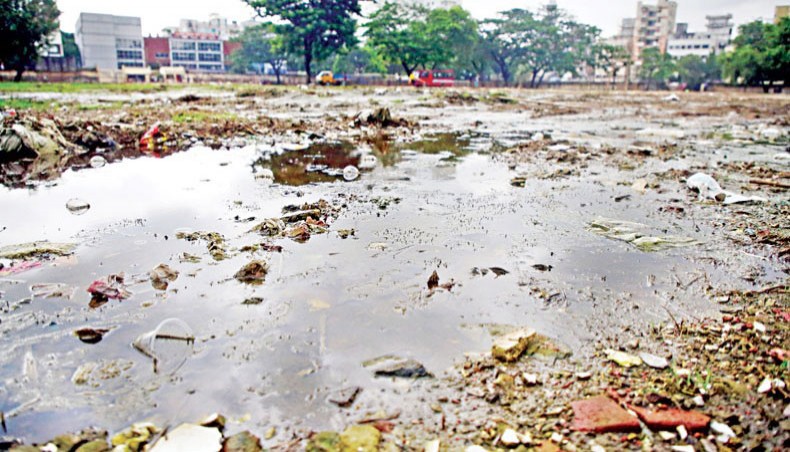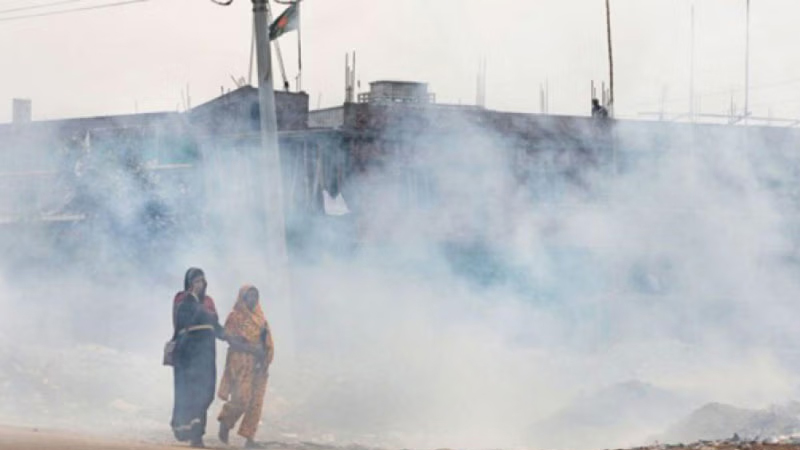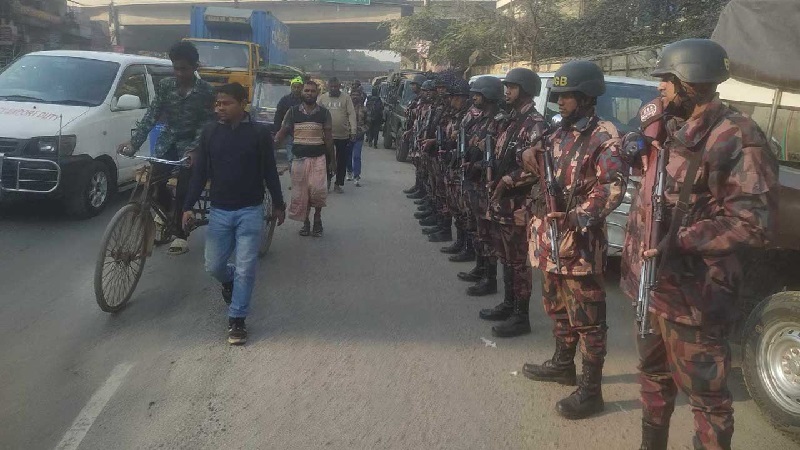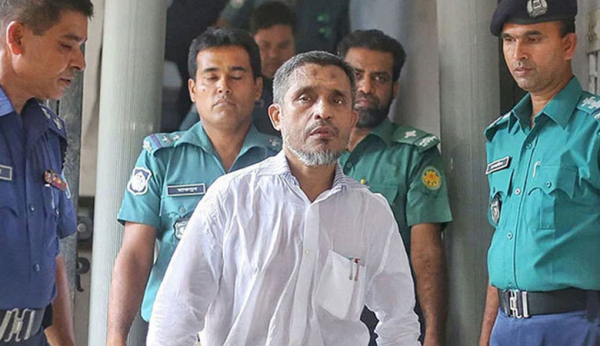THE countries that experience dengue outbreaks often respond by trying to control the mosquitoes that spread the dengue virus after outbreaks will have already occurred. However, more illness and death could be averted if a routine monitoring of viruses in mosquitoes are made and control measures are taken before there are significant prevalence.
For us, such activities may be hard given the competing priorities for responding to Covid-19. But a surge of dengue patients would place additional pressure on the health system. Vector control could ultimately reduce this pressure on public health and the health system. Experts say that climate change effects, intermittent rain, the pattern of weather and a lack of cleanliness were main reasons for this increase in dengue prevalence.
Dengue fever is infectious and is reported to be the fastest-growing mosquito-borne disease. The recovery period is less than a week. In a relatively small number of cases, the fever, however, develops into severe dengue fever which can then exacerbate the health condition of the infected to the point of being fatal. Bangladesh becomes most vulnerable to dengue during the monsoon season. Bangladesh had its worst year of dengue outbreak in recent years, with 101,354 cases in 2019, according to the official report of the Directorate General of Health Services. Sixty-one out of the 64 districts reported cases of dengue. However, more than 50 per cent of the cases reported were in Dhaka city. This is a hard reality for the capital Dhaka which has ample sources of stagnant water in unrecycled plastic wastes and in the form of poor drainage and poorly managed construction sites.
Health implications of dengue begin with the infected experiencing flu-like symptoms, ranging from mild to moderate. The disease can be classified into two categories — dengue and severe dengue. Infected individuals usually recovers in a week. However, severe dengue can exacerbate health conditions. Being exposed to dengue multiple times can increase the risk of developing severe dengue. For the majority, either type of dengue begins with high fever accompanied by other symptoms such as severe headache, pain behind the eyes, muscle and joint pains, nausea, swollen glands and rash.
Dengue viruses are transmitted to humans through the bites of infective female Aedes mosquitoes. Mosquitoes generally acquire the virus while feeding on the blood of an infected person. After virus incubation for 8–10 days, an infected mosquito is capable through blood-feeding of transmitting the virus to susceptible individuals for the rest of its life. Infected female mosquitoes may also transmit the virus to their offspring.
The critical stage usually occurs after 3–7 days of the illness onset and the infected individual’s increased body temperature comes down. With the development of warning signs, severe dengue can then become a potentially fatal complication. Once infected, the impact on livelihood can further intensify as additional expenditures from income will be needed for medical treatment. For patients who are in hospital, public hospitals provide free services though, additional tests and medication can be a burden on patients. Other related costs will include transport and food costs. Moreover, public hospitals can quickly become overcrowded during peak dengue time, making it inevitable for patients to seek treatment in private hospitals.
Redirecting public health resources from vector control campaigns has repeatedly proved to be ineffective. Using the resources to conduct nationwide clinical training has been more effective in other countries that successfully reduce death fro dengue every year. Both the mosquito species and infected people are necessary for transmission. Areas with dense populations near breeding sites require intervention to minimise transmission. Dengue cases in the capital have increased in recent months and a health services directorate general survey has found a high level of Aedes larvae in several places in the capital city.
Because of the high morbidity and mortality rates, dengue is a significant economic and health burden on the middle to lower-income countries. The lack of a stable, cost-effective and suitable surveillance system has made the identification of dengue zones and designing potential control programmes challenging.
The escalating dengue situation in Bangladesh emerges as a serious public health problem in terms of morbidity and mortality. Although Bangladesh has achieved a remarkable progress in controlling communicable diseases in recent years, the country has faced tremendous pressure in terms of public health problems, especially in controlling the emergence or re-emergence of diseases.













